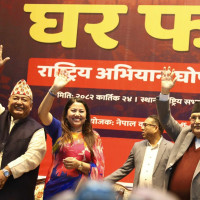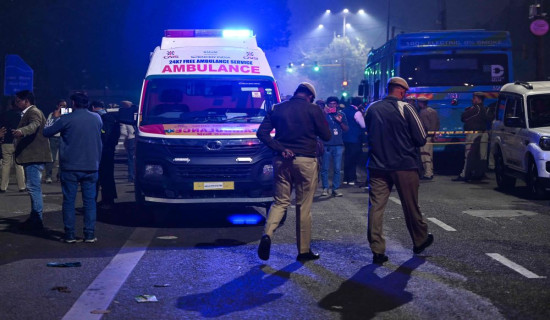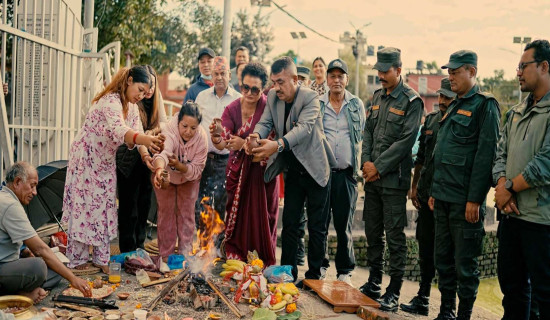- Tuesday, 11 November 2025
Tradition of kite-flying disappearing in Dhankuta
By Santosh Subedi,Pakhrebash (Dhankuta), Oct. 5: Kite-flying, along with traditional swings such as rote ping and linge ping, has long been an integral part of Nepali festivals like Dashain and Tihar.
These practices were once not only a source of fun and competition but also held deep cultural and religious significance.
However, in recent years, these age-old traditions appear to be fading. Observers in Dhankuta said that very few kites were seen in the sky during the recent Dashain and Tihar festivals.
Even at other times, fewer young people engage in the practice, signalling a decline in this most cherished tradition of the past.
Kite-flying, beyond being a recreational activity, traditionally symbolised celebration and the spirit of festivals. It was once a way to mark the festive season and foster community engagement.
But the influence of modern lifestyles and digital entertainment has gradually eroded this cultural practice, said local leaders.
Rijan Pokhrel, coordinator of the Kepche Jagaran Abhuyan, highlighted the importance of reviving the tradition of kite flying and swing for younger generations.
“Our organisation organises kite-flying competitions to encourage young people to revive this tradition. Rooftops across Lower Kopche, Upper Kopche, Chomden, Wardang, Karmitar, and Majhgaun were once alive with colourful kites,” he said.
Janardan Ghimire, secretary of the Nishan Bhagwati Temple Management Committee, explained the spiritual symbolism of kite-flying. “Kites represent the elevation of the soul and the pursuit of liberation. In Hindu philosophy, the soul seeks to detach from the physical body and unite with Brahma. Watching a kite soar is seen as a metaphor for freedom, enlightenment, and moksha,” he said.
He added that the practice also sharpens the mind, enhancing alertness and agility.
Local cultural activist Roshan Shrestha expressed concern that the younger generation has almost forgotten how to make and fly kites due to the rise of mobile phones, the internet, and other modern technologies.
“We are working to teach these traditional skills in ways that resonate with today’s youth, so that they can carry forward this important cultural heritage,” he explained.
Kite-flying is more than just a game, it is a symbol of joy, new beginning, and festive spirit. Alongside kites, traditional practices such as rote ping, constructed with wooden structures and linge ping, made of bamboos are also fading from public memory.
Experts believe that preserving these customs during modern festivals is essential to maintaining Nepal’s cultural identity.

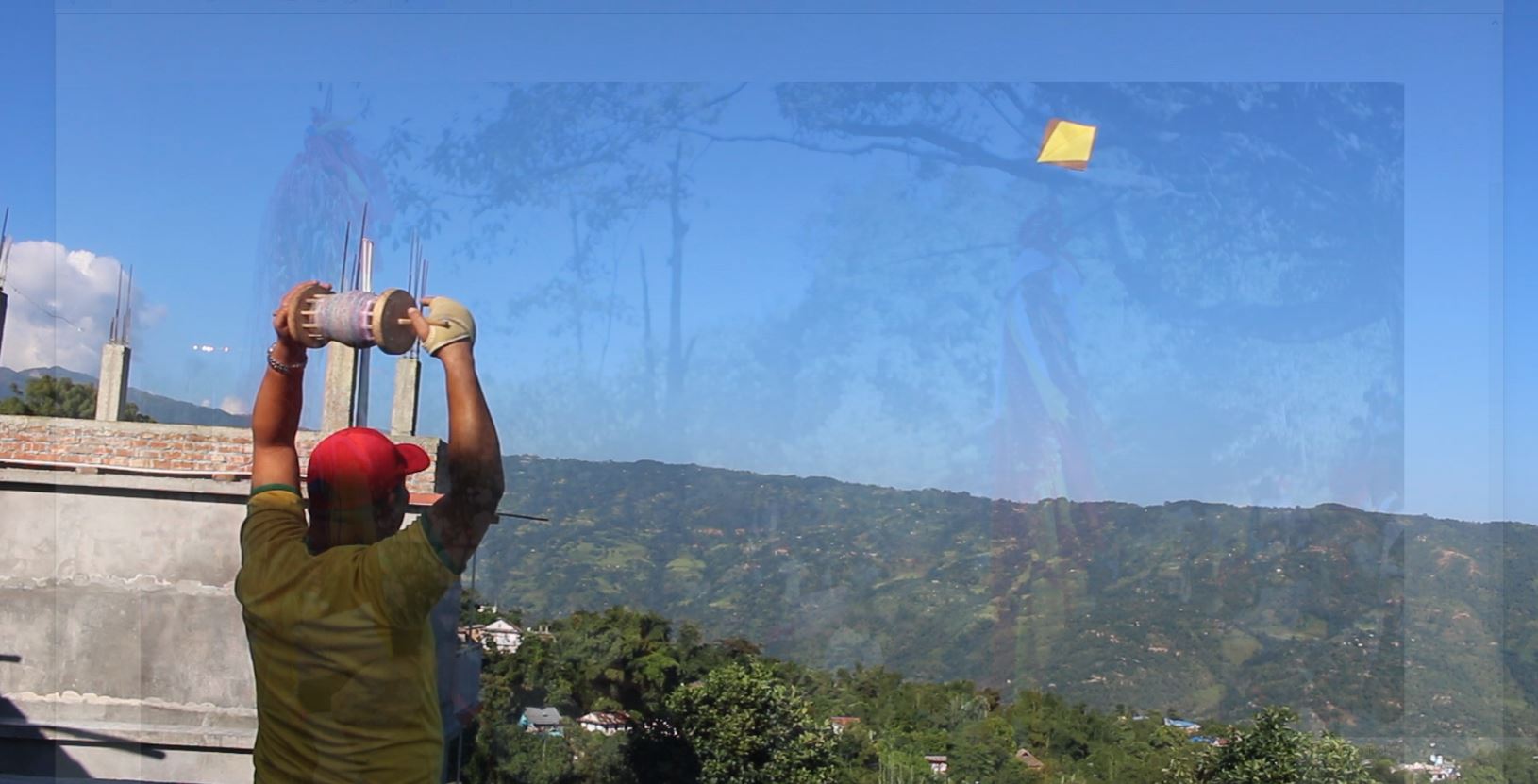

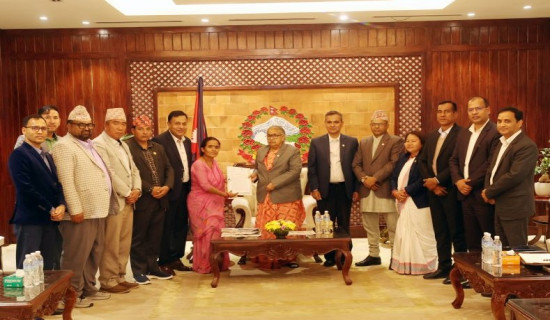

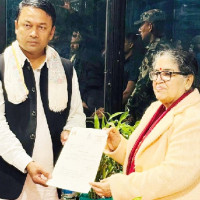
-original-thumb.jpg)

